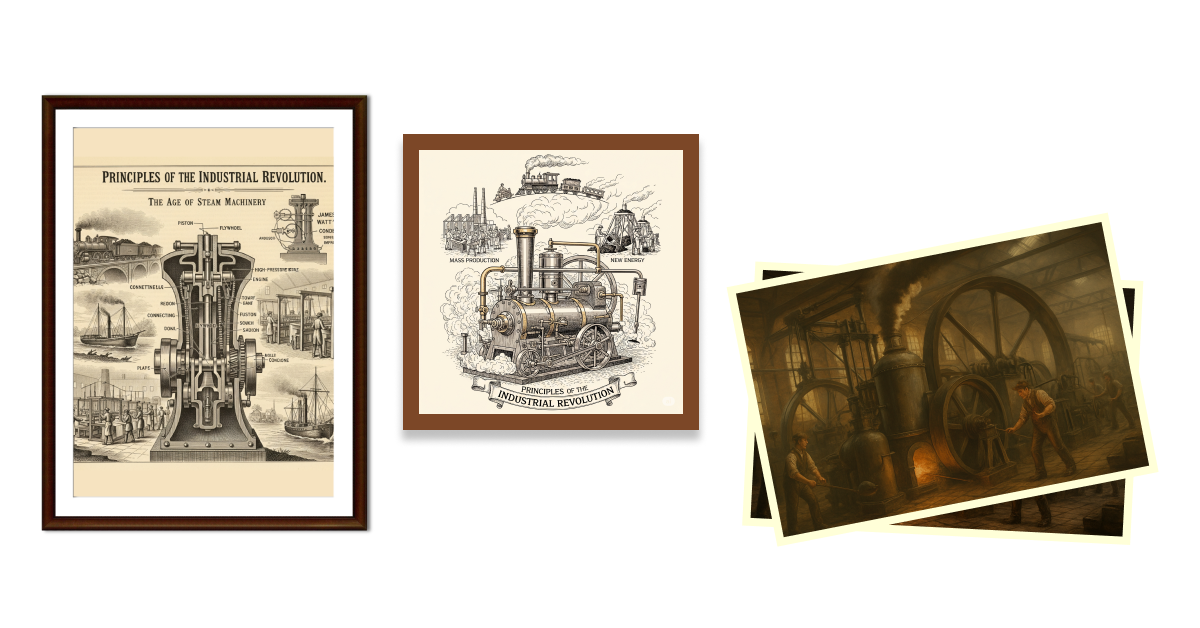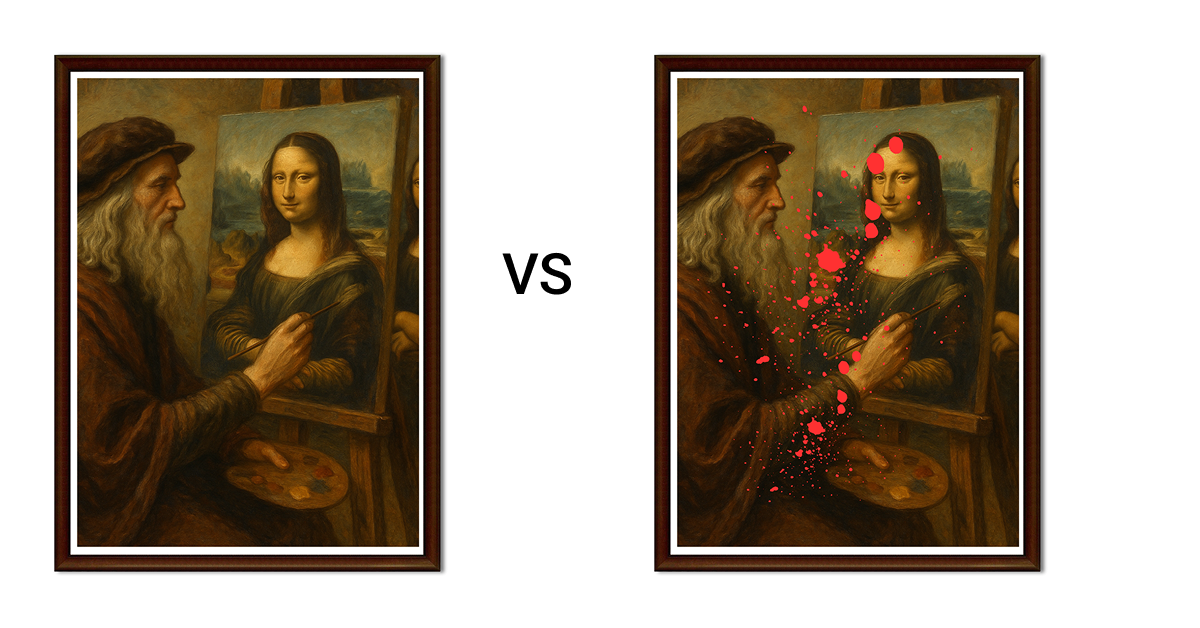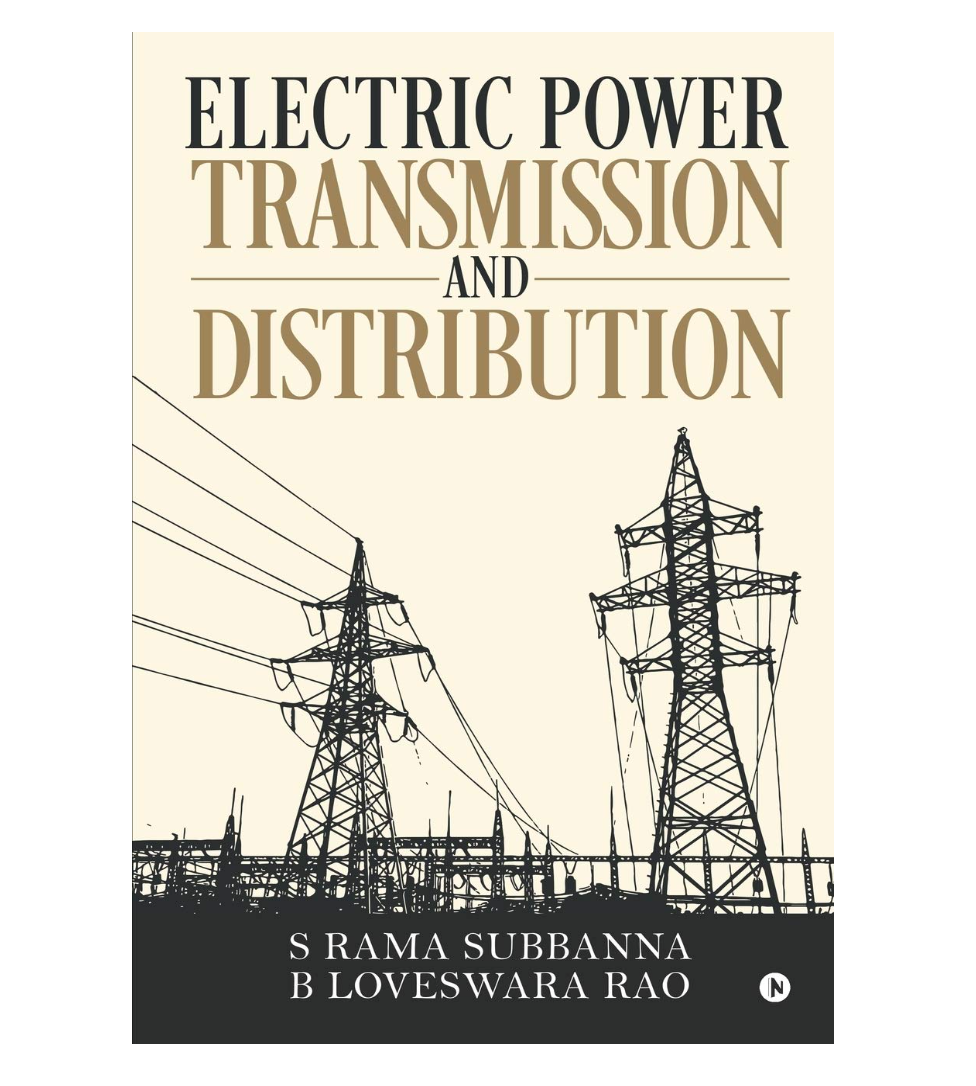[1]The True Currency: Why Energy, Not Money, Should Power the Future.
![[1]The True Currency: Why Energy, Not Money, Should Power the Future.](/content/images/size/w1200/2025/08/images.jpeg)
Introduction:
What if the currency of the future wasn’t paper, coins, or even Bitcoin—but pure energy?
Energy is the foundation of every modern economy. It powers our homes, fuels our industries, moves our transportation, and increasingly drives our digital lives. Yet, we treat it as just another commodity, trading it for money without realizing it could be the money.
This is not a sci-fi prediction—it’s a shift that’s already beginning. And if we’re serious about building a sustainable future, we need to rethink how we value, store, and exchange energy.
From Bitcoin to Real Power
Many will ask: “Isn’t this just like Bitcoin?”
Yes—and no. Bitcoin was a brilliant innovation, born from someone who dared to think beyond the U.S. dollar. But behind its decentralized promise hides a costly truth: vast amounts of fossil fuel are burned to create a few digital numbers on a screen.
Traditional currencies aren’t any better. Printing money—whether paper bills or minting coins—also consumes huge amounts of energy. In other words, both our digital and physical money systems are powered by invisible, often wasteful, energy flows.
Why Energy Should Replace Money
Imagine if the unit of value in your bank account wasn’t dollars, euros, or pesos—but kilowatt-hours (kWh).
If you produced more renewable energy than you needed, you could sell, trade, or store it—just as easily as sending money to a friend. The more efficiently you generate and use energy, the more “wealth” you accumulate.
This isn’t just a utopian idea. Around the world, smart grids, home battery systems, and blockchain-based energy markets are making peer-to-peer energy exchange possible in real time. The question isn’t if energy will become currency—it’s when.
My inspiration for this blog came from many places. I’m passionate about the advancement of civilization and how far humans have come—and how much more can be achieved without doing harm. I believe every person is born with a purpose. Mine wasn't to accumulate material goods or stay constantly busy. Today, I see things others might not immediately grasp. That’s why I want to share an infrastructure of an empire that aligns with individual responsibility and evolving behavior.
We use paper currencies to measure a metric. With that, we can accumulate goods and waste energy—with or without accountability. This same energy debt can be passed to future generations.
Before I explain the importance I place on energy, let me tell you where I come from. I’m Cuban. Cuba is an island in the Caribbean and due to several unfortunate reasons, we understand energy supply and demand quite well. But why? (ref: 2025) Why is demand greater than the supply we’re given?

I don’t think the answer is linear—but it was enough to make me appreciate energy on a deeper level. Globally, Cuba is not a major energy producer—we import it. Fossil fuels are limited, and the world we are building increasingly demands more of them. The Industrial Revolution increased production at scale, which correlated with the Agricultural and Demographic Revolutions. In just 200 years, more people were born than in all previous human history.
Let’s visualize it:
Man-made goods brought to the market: James always had basic needs—eating, sleeping, working—plus all the new inventions society keeps making to make life easier for James, 365 days a year for his entire life.
Let’s not forget: behind every invention is a great mind.
So, what’s the core issue? This system isn’t 100% sustainable—unless we agree on a metric, mutual respect, and a shared vision.
Let’s live with innovation and renewable energy projects!
But that’s not all—now with artificial intelligence, everything is escalating. It’s creating a spike in startups and rapid solutions at scale. There are even robots ready to replace many human jobs. The word “robot” literally means “forced labor.”
Let me explain the problem I see today:
In the Renaissance (around 505 AD), humans created art, sculpture, and expressed curiosity...
Now?
A painting using oil is protested by teenagers because oil comes from petroleum, harming the environment. I think that was totally wrong but here we go...

I’ll leave a documentary reference here to help reflect on current global problems.
Documentary loading…
So, why is all this happening?
Speed. We want everything faster.
But it’s not always just a want—often it’s a need. The economy runs on supply and demand. Supply = what I can offer. Demand = what people ask for.
The faster things become, the more autonomy we gain—and the more time we demand.
As energy demands increase, so do inequalities between individuals. We may not notice, but it’s happening. That’s also why global inequality grows. In a world of limited energy, inequality will always exist. We’re closing borders and deporting people—because "enough" will never be enough at the speed we’re going. That’s the same reason we still have wars. In the end, we just try to survive and benefit from what one country offers another.
Still, there have been people who made a global impact—some call them “great minds”—like Tesla, Edison, Newton, Einstein, and many more. These people changed the world.
Thanks to Einstein’s Theory of Relativity, GPS on our phones is possible. Thanks to Tesla’s alternating current, General Electric and large-scale energy transmission were born. Direct current powers our battery-based devices. In short, AC/DC serves different needs in our energy system.
So, what challenges do we face today and in the future?
Let me talk first about the Stock Market, then about our personal transformation.
The Stock Market is a powerful platform built with metrics to understand how far our creations can go (IPO). It keeps us innovating and solving problems. Each metric gives signals—positive or negative—and anyone is free to bet in either direction.
But I think we’ve focused too much on growth and not enough on reducing the cost of energy. Not seeking perfection—but creating more accessible metrics where everyone can participate and win based on differences.
How would you define civilization?
Today, making money isn’t that hard for some. The internet has created so many low-barrier paths to selling and earning. We measure economic activity through GDP, which we use to compare countries.
In the U.S., GDP has exceeded spending by $8 trillion.
That’s the extra money people spent.
That, my friends, is inflation.
The problem isn’t some inflation—it’s that we still live in a limited-energy world. If we don’t find solutions soon, it might be too late.
Many of us are born asking, “How do I escape poverty?” And many believe the answer lies in monetary value—but I don’t think that’s where the true answer is.
Money, as I see it, is a tool to measure how much energy we can accumulate or spend.
Nikola Tesla saw this coming during the Industrial Revolution. His warnings were ignored. We aren’t even a Type 1 civilization yet, and we’re wasting energy at scale.
Important: It’s not that money is bad. In fact, if we lost the internet tomorrow, what would back us up?. Also in terms of energy we should have balance.
Let me remind you—Wi-Fi is a product sold through microwave signals, and it’s heavily commercialized using traditional currency.
What do I mean?
If someone offered to replace gas with a mix of thermal energy or x —producing the 2x output—you could keep the price steady.
That’s why I wrote this blog. I think people who contribute to change should be rewarded, but before we talk about monetary transition, let’s discuss James Watt.
James Watt redesigned Newcomen’s engine during the Industrial Revolution, noticing energy waste. Newcomen’s machine was slow—it performed double duty per piston. Watt improved efficiency and speed. He also marketed it well—by comparing it to horsepower (weight × distance × force).
At the time, horses powered mining operations.
What can we learn from him?
He sold time, speed, and lower energy costs.
Today we use “watt” as a unit to measure energy in our homes—my interest in thermodynamics and energy started there.
But how does electricity work today?
Boilers heat thermal energy → high temperatures → mechanical movement in a generator → copper coils + opposite magnets → electromagnetism → electricity.
It’s then distributed through wires and transformers (which control and store voltage).
It’s sold over time—at a price.
Who buys it?
Those most willing to pay: households. Then industries, then hydroelectric machinery. The latter doesn’t pay much, but oil companies still negotiate to avoid wasting transformed energy.
Remember—it still takes fossil fuels to build and run renewable energy systems.
Solar panels, for example, require industrial production.
To visualize energy distribution, think of a river:
- Water flow = energy
- Rocks = resistance
- Waterfall = pressure (voltage)
- On: turning on a device = energy delivered in watts (kW)
- Off: turning off = energy used, measured in kWh
This metaphor helped me understand electricity. Once you grasp it, the next question is:
How should we treat energy?
Fortunately, we can still regenerate energy via nature and human inertia.
So what are industries?
They commercialize energy at prices they decide.
When energy costs rise, they pause machinery until prices drop.
Their machines run on water pumps, and products (often petroleum-based like plastic) rely on a whole industrial process—from extraction to transformation to transportation.
Now imagine if every cost were measured as energy units. How much could we save by not printing bills, pumping water, harvesting cotton, etc., to produce physical dollars?
I truly hope that you enjoyed my first blog, everyone! To get us on the same page and delve deeper into the fascinating world of energy distribution, here's a list of recommended books. Let's learn together and get in sync with the future of energy!

Electric Power Transmission And Distribution
Electric Power Transmission and Distribution is meant to serve as a textbook for students of B.Tech and B.E. Electrical Engineering. This is, in fact, the first course book for the electrical engineering student in which almost all concepts of transmission and distribution are covered in a single book. This book is mainly divided into two sections. The first section deals with power supply schemes, overhead transmission of electrical power, conductor materials, electrical and mechanical design aspects of transmission lines, performance of transmission lines, different phenomena that occur in the transmission system and overhead. It also covers the transmission of electric power by underground cables. The second section deals with electrical distribution system, where D.C. and A.C. distribution system concepts, different types of D.C. distribution schemes and different solutions to solve the A.C. distribution problems are covered.
The book covers the syllabi of many universities in India for a course in power transmission and distribution.
This is Hive mind, a brand new site by R.S that's just getting started. Things will be up and running here shortly, but you can subscribe in the meantime if you'd like to stay up to date and receive emails when new content is published!
